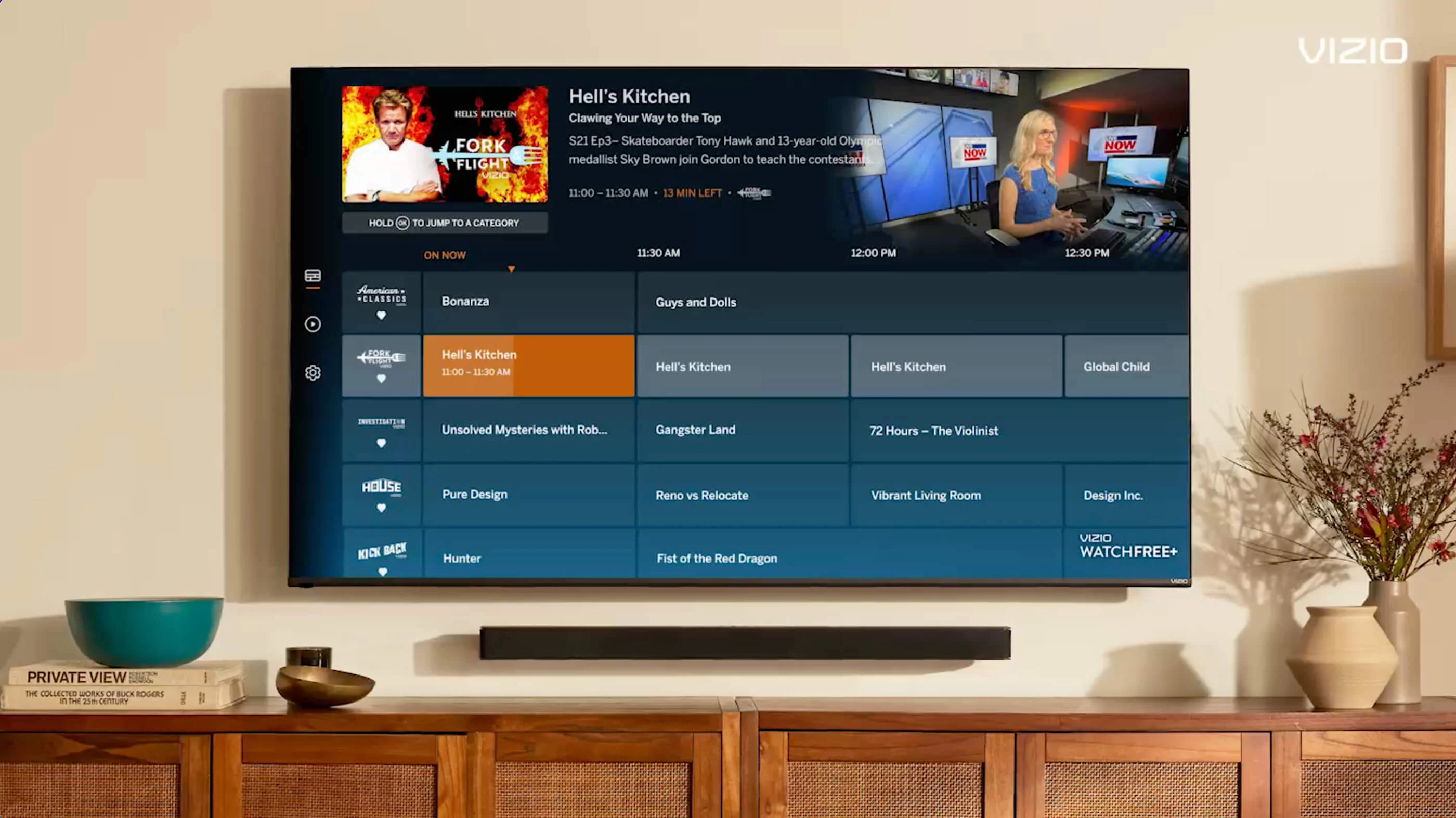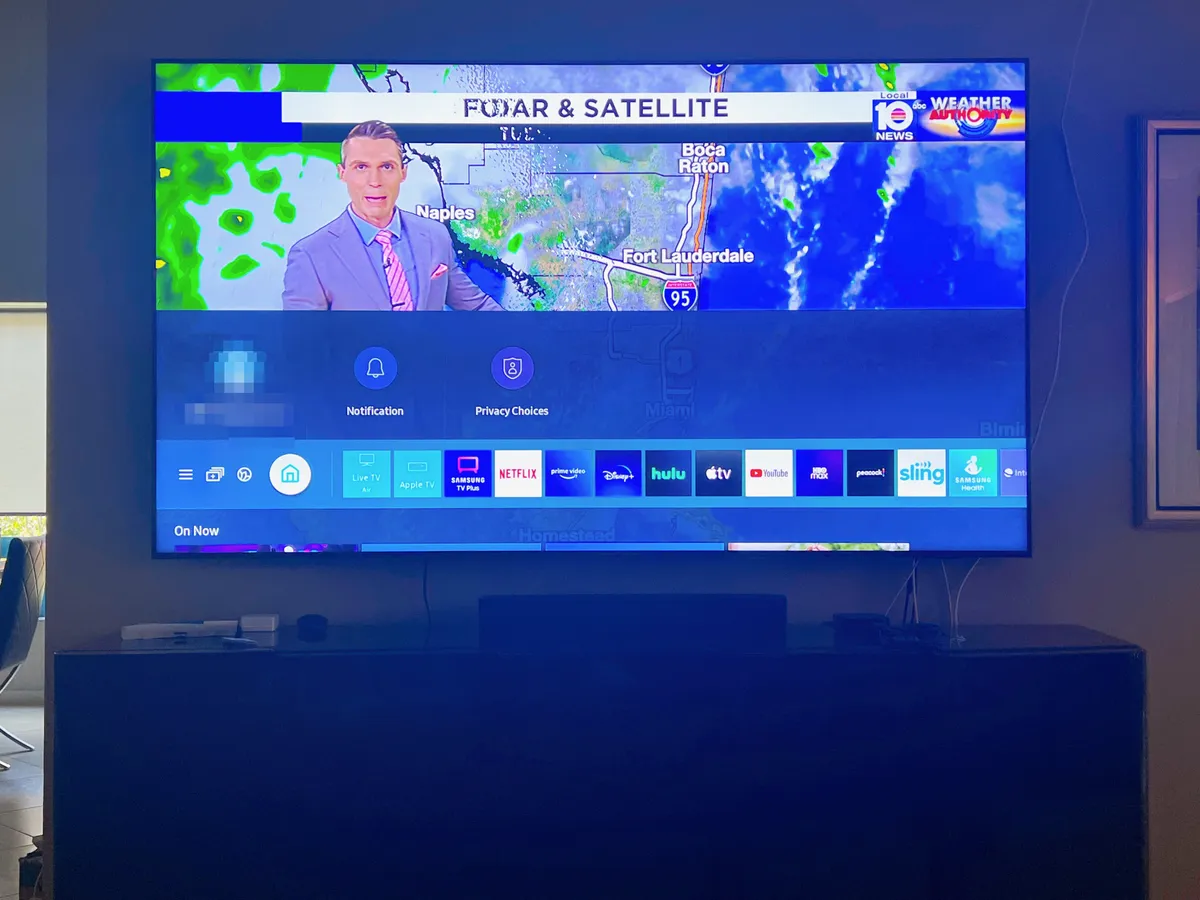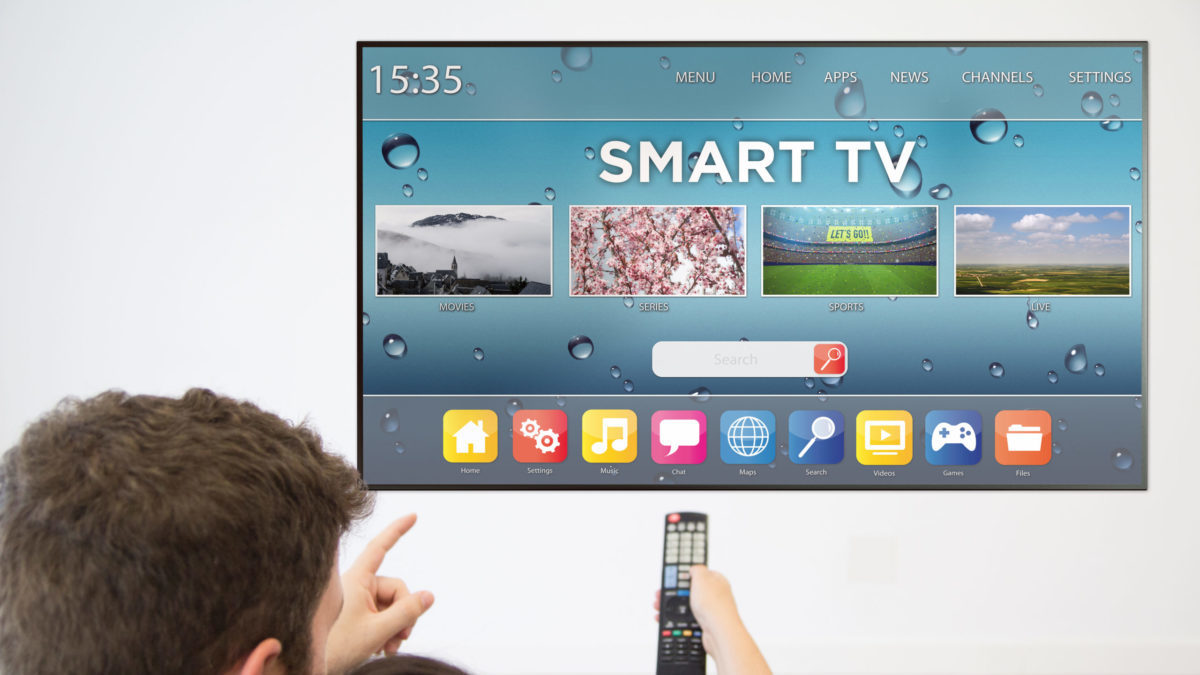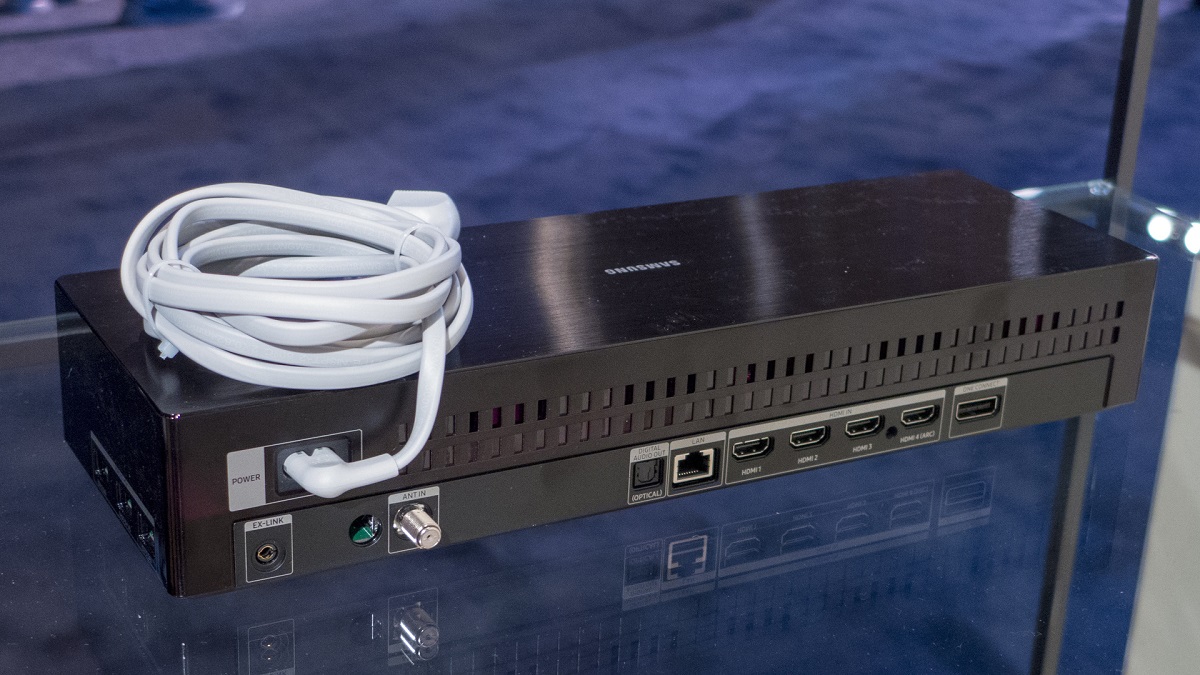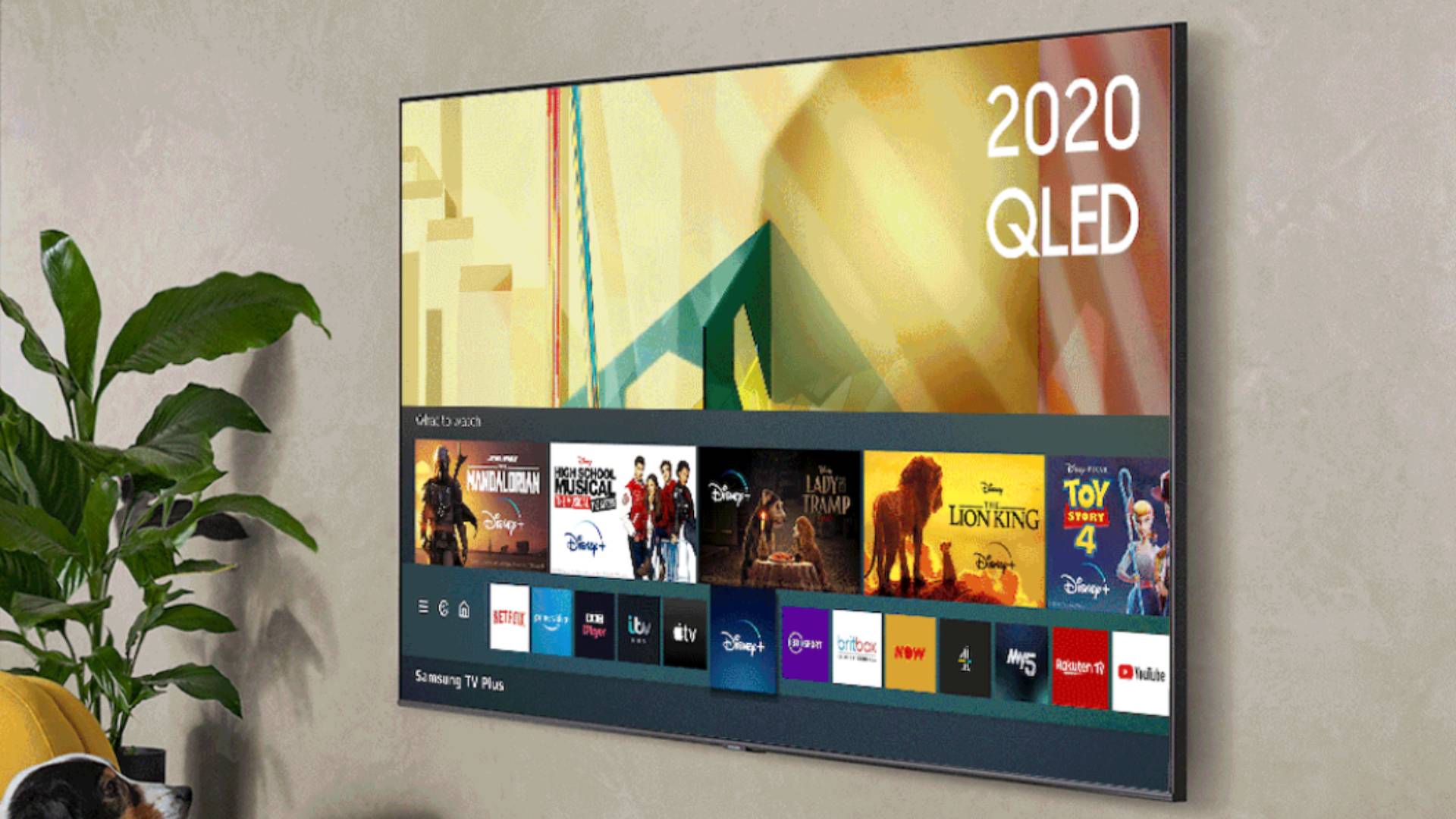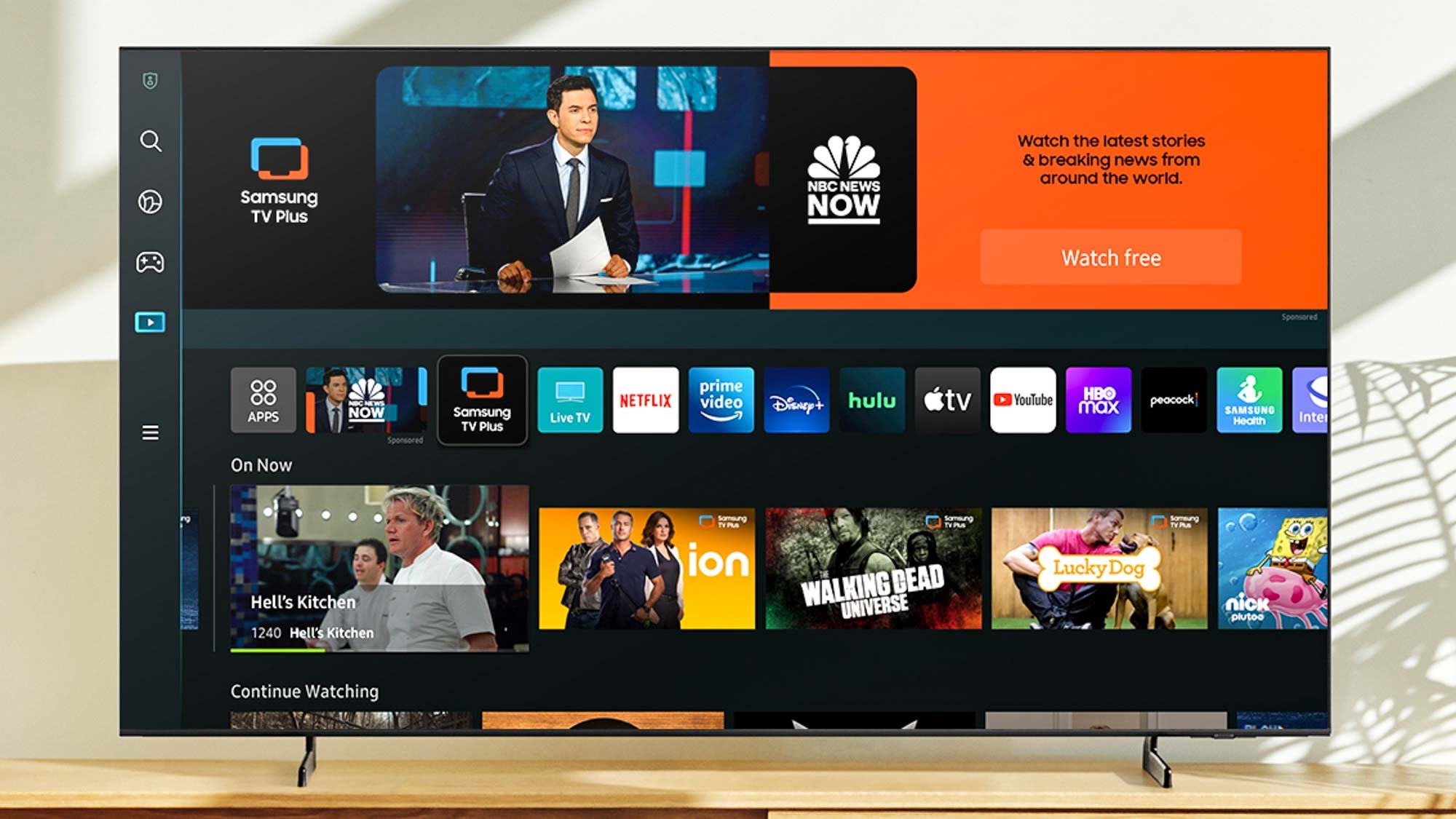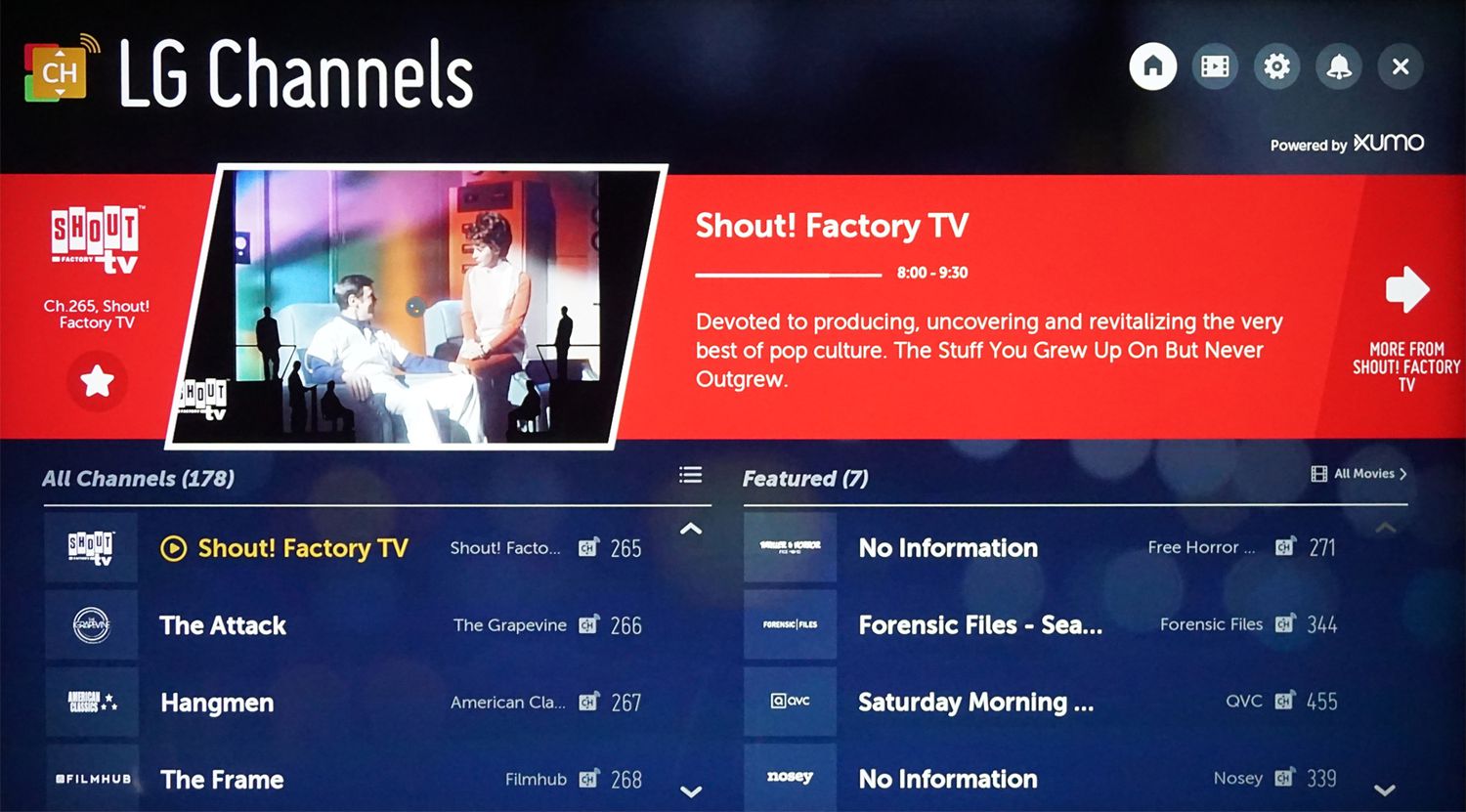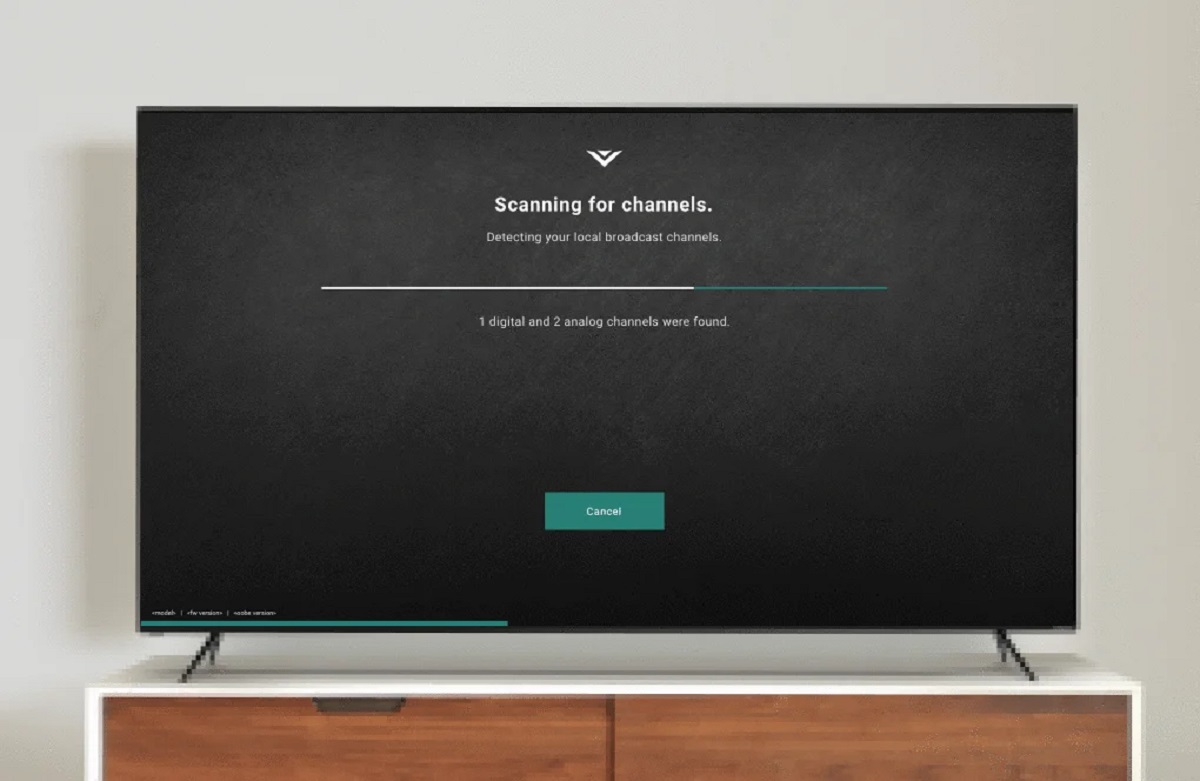Introduction
Welcome to the digital age, where our television viewing options have expanded beyond traditional cable and satellite subscriptions. With the advent of smart TVs, it’s now easier than ever to access and enjoy a wide range of content, including local TV channels. Local TV channels provide news, sports, and entertainment specific to your area, making them a valuable source of information and entertainment. If you’re wondering how to get local TV on your smart TV, you’re in the right place.
In this article, we’ll explore four different options to help you access local TV channels on your smart TV. Whether you prefer to use a TV network app, connect a digital antenna, or use a streaming service or TV streaming device, there’s a solution that suits your needs. Each option has its own advantages and limitations, so let’s dive in and find the best method for you.
By the end of this article, you’ll have a clear understanding of how to watch local TV on your smart TV, enabling you to stay connected to your local community and enjoy all the exciting content local channels have to offer.
Option 1: Use a TV Network App
If you have a smart TV, chances are that it comes with built-in apps for various TV networks. Many popular networks, such as ABC, NBC, CBS, and Fox, have their own dedicated apps that allow you to stream their content, including local programming, directly on your smart TV.
To use this option, you’ll need to download and install the specific app for the network you want to watch. Most smart TVs have app stores where you can find and download these apps easily.
Once you’ve installed the app, simply open it and look for the “Live TV” or “Local Channels” section. From there, you should be able to access the local channels that are available in your area. Keep in mind that the selection of local channels may vary depending on your location and the agreements between the TV network and your local affiliate.
Using a TV network app to watch local TV on your smart TV offers several advantages. Firstly, it provides a convenient and centralized way to access a variety of local channels without the need for additional devices or subscriptions. Secondly, the apps often come with additional features, such as on-demand content, live sports coverage, and personalized recommendations.
However, there are a few limitations to consider. While some TV network apps may offer a wide range of local channels, others may have limited availability or not include certain channels altogether. Additionally, you may encounter occasional ads or have to log in with your cable or satellite provider credentials to access certain content.
Overall, using a TV network app is a convenient option for accessing local TV channels on your smart TV. It provides a straightforward way to watch local programming without the need for additional equipment. If you’re a fan of a particular TV network or want to stay updated with local news and sports, this option is worth exploring.
Option 2: Connect a Digital Antenna
If you want to watch local TV channels on your smart TV without relying on an internet connection, connecting a digital antenna is an excellent option. A digital antenna allows you to receive over-the-air broadcasts of local TV channels, providing you with access to a wide range of free-to-air content.
To get started, you’ll need to purchase a digital antenna that is compatible with your smart TV. These antennas are widely available and come in various shapes and sizes. Choose an antenna that suits your needs and fits well with your home setup.
Next, you’ll need to connect the digital antenna to your smart TV. Most modern smart TVs come with a coaxial input for connecting an antenna. Simply plug one end of the antenna cable into the antenna input on your TV and the other end into the antenna. Once connected, perform a channel scan on your TV to detect and add the available local channels.
The major advantage of using a digital antenna is that it provides access to a wide range of local channels without the need for internet connectivity or additional subscriptions. Once you’ve set up your antenna, you can enjoy high-quality broadcasts of local news, sports, and other programming.
However, there are a few factors to consider when using a digital antenna. The number of channels you can receive may vary depending on your location and the strength of the signals in your area. Additionally, the availability of certain channels may depend on the proximity of broadcast towers and any obstructions that may affect signal reception.
Keep in mind that using a digital antenna doesn’t give you access to streaming services or on-demand content. It solely serves as a means to receive over-the-air broadcasts of local channels. If you want a combination of both traditional and online TV options, you can connect your antenna alongside a streaming device or smart TV apps.
In summary, connecting a digital antenna to your smart TV is a cost-effective and straightforward way to access local TV channels. It provides you with a wide range of free-to-air content without relying on the internet or additional subscriptions. If you’re looking for a reliable and versatile option for watching local TV, consider adding a digital antenna to your setup.
Option 3: Use a Streaming Service with Local Channels
If you’re a cord-cutter and prefer the convenience of streaming content, using a streaming service that includes local channels is a viable option. Many popular streaming services now offer packages that include access to local television stations, allowing you to enjoy local news, sports, and shows directly on your smart TV.
To utilize this option, you’ll need to subscribe to a streaming service that offers local channels. Examples of streaming services that provide local channel options include Hulu + Live TV, YouTube TV, Sling TV, and AT&T TV. These services typically require a monthly subscription fee, but they offer a wide range of channels, including local ones, that you can stream live.
After subscribing to a streaming service, you’ll need to download and install their respective app on your smart TV. Most smart TVs come with pre-installed app stores where you can find the apps for popular streaming services. Once you’ve installed the app, log in with your account credentials and navigate to the live TV section to access the available local channels.
Using a streaming service to watch local TV channels on your smart TV brings several advantages. Firstly, it offers flexibility and convenience, as you can access local channels from various locations with an internet connection. Secondly, streaming services often include additional features like cloud DVR, on-demand content, and the ability to watch on multiple devices simultaneously.
It’s important to note that the availability of local channels on streaming services may vary depending on your location. Some streaming services may not offer certain local channels or have limited coverage in specific regions. Before subscribing, ensure that your desired local channels are available on the streaming service you choose.
Additionally, streaming services may have different channel lineups and pricing plans. Compare the options and packages offered by various streaming services to find the one that best suits your needs and budget.
In summary, using a streaming service that includes local channels is a convenient and flexible option for watching local TV on your smart TV. It offers a wide range of channels, additional features, and the freedom to stream from anywhere with an internet connection. If you’re a cord-cutter looking for a comprehensive TV solution that includes local programming, consider subscribing to a streaming service with local channel options.
Option 4: Use a TV Streaming Device with Local Channel Options
If your smart TV doesn’t have built-in apps for accessing local TV channels, or if you prefer a dedicated device for streaming, using a TV streaming device with local channel options is a great alternative. These devices connect to your smart TV and provide access to a variety of streaming apps, including those that offer local channels.
There are several popular TV streaming devices available, such as Roku, Amazon Fire TV, Apple TV, and Google Chromecast. These devices typically connect to your TV via HDMI and provide a user-friendly interface with access to a wide range of apps and channels.
To watch local TV channels using a streaming device, you’ll first need to connect the device to your smart TV and set it up according to the manufacturer’s instructions. Once set up, you can navigate to the app store on the streaming device and search for apps that offer local channel options.
Some of the popular streaming apps that include local channels are Hulu + Live TV, YouTube TV, Sling TV, and AT&T TV. Download and install the app of your choice, and then log in with your account credentials. From there, you can explore the live TV section to access the available local channels in your area.
Using a TV streaming device with local channel options offers several advantages. Firstly, it provides a dedicated streaming experience with an intuitive interface and easy navigation. Secondly, these devices often come with additional features like voice control, 4K streaming, and access to a vast library of apps and content.
However, keep in mind that the availability of local channels may vary depending on the streaming apps and services you choose. Some apps may have more extensive coverage or offer a wider selection of local channels compared to others. Consider your viewing preferences and the availability of local channels when selecting a streaming device.
Additionally, streaming devices typically require an internet connection to access the streaming apps and watch live TV. Ensure that you have a reliable and stable internet connection for uninterrupted streaming.
In summary, using a TV streaming device with local channel options is an effective way to access local TV on your smart TV. These devices offer a dedicated streaming experience, additional features, and access to a variety of streaming apps and channels. If your smart TV lacks built-in apps or you prefer a separate device for streaming, consider investing in a TV streaming device to enjoy local programming on your smart TV.
Conclusion
Getting local TV on your smart TV has never been easier, thanks to the various options available to you. Whether you choose to use a TV network app, connect a digital antenna, use a streaming service with local channels, or use a TV streaming device, there are solutions to suit every preference and budget.
If you prefer the convenience of accessing local channels directly through your smart TV, using a TV network app is a great option. Many popular networks have their own dedicated apps where you can stream local programming with ease. Just download the app, log in, and start watching!
For those who want to have access to over-the-air local channels without relying on the internet, connecting a digital antenna to your smart TV is a reliable and cost-effective choice. Enjoy high-quality broadcasts of local news, sports, and shows without the need for a subscription or internet connection.
If you’re a cord-cutter and enjoy the flexibility of streaming, using a streaming service that includes local channels is the way to go. With options like Hulu + Live TV, YouTube TV, and Sling TV, you can watch local TV on your smart TV and access a wide range of channels and features.
Alternatively, if your smart TV doesn’t have built-in apps or you prefer a dedicated streaming device, using a TV streaming device with local channel options is a great solution. Connect the device to your smart TV, download the desired apps, and enjoy local programming alongside other streaming services.
Each option has its own advantages and limitations, so be sure to consider your specific needs and preferences when choosing the best method for accessing local TV on your smart TV.
Now that you’re equipped with the knowledge of these four options, you can easily stay connected to your local community, watch your favorite local news, sports, and shows, and enjoy all the exciting content local channels have to offer.









